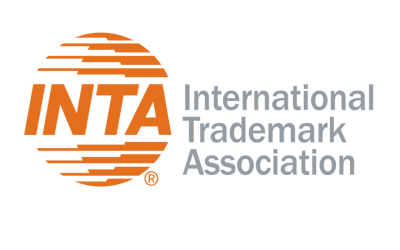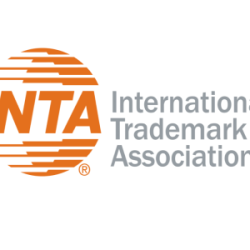In this line of work, it’s vital that we do not conflate our personal perception with that of the ‘average consumer’ — a legal concept that serves as a reference point for assessing trademark disputes. For me, there is no better reminder of this than a recent EUIPO Board of Appeal decision which held (blasphemously, in my opinion, but probably justifiably on the evidence) that Lewis Hamilton is not a well-known sports personality in the EU.
The case concerned an application filed by 44IP Limited, a company responsible for Lewis Hamilton’s IP rights, to register LEWIS HAMILTON in the EU for goods, including jewelry and watches, and corresponding retail services (‘the Application’).
The Application was filed in 2015 and was opposed by Hamilton International AG, a Swiss watch manufacturer (‘the Opposition’). The Opposition was brought under Article 8(1)(b) EUTMR, claiming that there exists a likelihood of confusion between the Application and Hamilton International’s EU trademark registration for HAMILTON, dating from 2014 and covering jewelry, watches, precious metals, and the like (‘the Earlier Trademark’).
In retaliation, 44IP applied to cancel the Earlier Trademark in 2017 on grounds of bad faith. Specifically, 44IP argued that because Hamilton International already owned a HAMILTON registration covering equivalent goods, the Earlier Trade Mark was filed to artificially extend the use grace period. This argument was given fairly short-shrift by the EUIPO’s Cancellation Division — and, later, the Board of Appeal — both of which took the view that, given technological innovations in the market, there was a commercial logic behind Hamilton International registering the Earlier Trademark (such that it could not be considered a repeat application made in bad faith for the sole purpose of avoiding the consequences of revocation).
The Opposition thus went to a decision in February 2022, and the EUIPO found in favor of Hamilton International. In short, the Opposition Division held that the respective goods and services were identical and similar and that, despite the high degree of attention of the relevant public (due to the price of watches/jewelry), there is a likelihood of confusion between HAMILTON and LEWIS HAMILTON given the similarities between these signs.
Earlier EU case law concerning the greater distinctiveness of surnames compared to forenames was particularly relevant, and the Opposition Division disagreed with 44IP’s arguments regarding public awareness of Lewis Hamilton as a sports personality in the field of motor racing (owing to the lesser popularity of this sport compared to, e.g., football).
44IP appealed, and a decision was issued in October 2023. The crux of the appeal was their argument, founded on precedent (in particular, earlier decisions involving the trademarks BARBARA BECKER and MESSI), that Lewis Hamilton’s fame is sufficient to neutralize the similarity with the Earlier Trademark that would otherwise lead to confusion. To support the argument, 44IP filed a large volume of evidence (some 6000 pages) relating to Lewis Hamilton’s illustrious career and innumerable successes. However, they faced some problems.
The first is that the goods in question were jewelry/watches, which target the general public and not only those interested in (motor) sports. The second is that the EU is a large territory, and a high level of fame in one country is not enough if the person is unknown in another. Taken together, this meant that 44IP needed to show that the average consumer of watches, who may have no interest in sports, in every EU Member State would know Lewis Hamilton – clearly, this is a very high bar to reach. On the evidence, the Board upheld the finding that 44IP had not proven that Lewis Hamilton was famous in the entire EU at the relevant date (2015).
Of note, there was no evidence relating to some Member States (such as those that do not host an F1 race or have a national F1 driver), some of the evidence had flaws/omissions (such as a lack of detail regarding the sales/distribution of books and articles published about Lewis Hamilton), and some was considered unimpressive (e.g., the number of website visits and social media followers).
It will be interesting to see if someone so used to victory will now admit defeat in this particular battle. Either way, the case demonstrates that the public in the EU cannot be treated as a homogenous group, the evidence must be focused and relevant, and, above all, fame cannot be taken as a given, even for World Champions.

Written by Alexandra Nott
Associate, Dehns
You may also like…
INTA’s Brand & New podcast wins prestigious w3 Award for “Inside the Dupe Revolution” series
New York, New York—October 14, 2025—The International Trademark Association (INTA) is proud to announce that its...
Paddington gives Spitting Image a stern, hard stare
Paddington Bear is a British icon introduced to the public in 1958 by author Michael Bond, known for his politeness,...
Italy’s new copyright rules in the first national AI law by an EU Member State
Italy is the first EU Member State to pass a national law aimed at adapting the national legal system to the...
Contact us to write for out Newsletter














